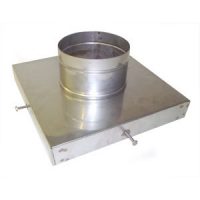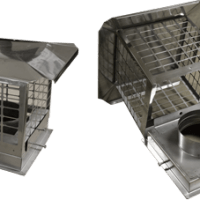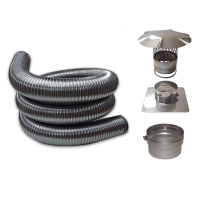The fireplace is the conventional gathering place of the family and because of it, it symbolizes, the home. Since it is also the hearth or home of fire, the fireplace can carry another message of where a person’s obsession lives. As an introduction to fireplaces, this article puts into view just how symbolic this firm fixture to an American family is.
The fireplace is representative of a home – first and last – and is a powerful model. It is one of the must-have facilities that today’s homeowners want. Aside from providing warmth, the fireplace also serves as the attraction of a room. It symbolizes family togetherness and increases the value of a home. Fireplaces are popular for intimate gatherings. The cozy warmth that the fire provides gives an inviting and cheery atmosphere that makes for a good conversation with loved ones.
A fireplace is a square, rectangular, or arched aperture typically found in a wall at the bottom of a chimney, or vent. It is often lined with mineral or stonework. It is used for an open fire within a building. In modern times, a fireplace is regarded as an ornament, more than a needed, element of a home. Even though most fireplaces are made in building interiors, there are certain occasions that people make outdoor fireplaces. This is to make the evening warm, for outdoor cooking or for decorative purposes.
There are a myriad choices – from conventional wood-burning fireplaces, which are still the most common, to astonishingly real-looking gas fireplaces, to which many authorities say are easier to use and preserve, as well as being environmentally pleasant.
Fireplace mantels are the focus of custom interior decoration by architects and designers. Fireplace mantels or mantelpieces, also called a chimneypiece, began as a projecting cover that was used in the medieval era. It was used to trap the smoke. As it developed, the decorative structure around the fireplace regularly became referred to as a fireplace mantel or mantelpiece. Its elaborate pattern stretches all the way to the ceiling. Nowadays, mantelpiece is the common word for the jambs, mantel shelf and external trimmings of a fireplace. For many years, the chimneypiece was the most decorative and the most creative feature of a room. But the artistry, as well as the realistic importance, of fireplaces have grown less due to smaller models and because modern methods of introducing heat have been introduced.
Meanwhile, merging the characteristics of moldability, fire resistance and heat retention, concrete is quickly becoming a well-known material for fireplace mantels, surrounds and hearths. The adaptability of the concrete makes it one of the only materials that can be shaped into any form, essentially colored or stained so it would match nearly any color. Furthermore, it is one of the few materials that can display surfaces between rough to highly buffed. These chameleon-like abilities make concrete adaptable to a wide selection of ornamental styles, from the modern to the typical.
The very similar components that make a beautiful and exclusive kitchen countertop or bathroom vanity will also create a one-of-a-kind fireplace border. Also, concrete provides a unique appearance and its imaginative potentials are boundless.
About the Author: For more tips on fireplace design, visit Fireplace Ideas. Compare and buy electric and outdoor fireplaces






